EV tariffs: How to get the cheapest electric vehicle charging at home


We explore the return of dedicated EV tariffs in the UK and what you could save.
The quest to find the best energy rate is back. The number of households switching has more than doubled in a year, and electric vehicle drivers could serve to benefit.
With a rise in dedicated EV tariffs which offer a significantly cheaper off-peak rate to charge your car at home, now is an ideal time to explore your options and lock in a new deal.
In this article, we’ll answer the common questions about EV tariffs, unpack their potential benefits, and explain how to optimise your savings with a smart charging app.
Single-rate vs EV tariffs: What’s the difference?
While most households across Britain are on regular, single-rate energy tariffs, dedicated EV tariffs have reemerged in the market. Let’s look at the key distinctions between the two.
What is a single-rate tariff?
A single-rate tariff has one consistent price per kWh of electricity at all times of the day. This means if you charge your EV at home, you’ll always pay that rate for electricity used to charge your car.
Our most recent research from October 2023 found that the average price is around 29p per kWh.
What is an EV tariff?
EV tariffs have been designed by energy providers to encourage you to charge your when there is less demand for electricity on the grid and allow you to save money in the process.
With an EV tariff, you’ll have two prices per kWh of electricity:
- The peak price, which typically applies during the day, is slightly higher than a single-rate tariff
- The off-peak price, which starts late in the evening and continues overnight, offers a significantly lower rate compared to a single-rate tariff

Our most recent research from October 2023 found that the average peak price is 33p per kWh, while the average off-peak price is around 9p per kWh.
This means, if you charge your EV at home during the off-peak period, you could be saving around 20p on every kWh.
What could you save with an EV tariff and smart charging app?
To get the most out of your charging, download a smart EV charging app, such as ev.energy. This will automatically charge your vehicle during the cheapest times on your tariff, while also allowing you to earn cash rewards and use the lowest-carbon energy available.

For the typical UK driver clocking up 10,000 miles per year, using the ev.energy app with an EV tariff can save an average of £599 on EV charging compared to using a single-rate tariff. This includes £36 worth of cash rewards in the ev.energy app, making it equivalent to paying just 9p per mile.
Please note: Our savings calculation has been based on real-world data from over 2 million charging sessions on the ev.energy app. Individual driver savings may vary on multiple factors including mileage, EV efficiency, and driving style. For the full information, please check our claims and substantiations.
Are there any other types of energy tariffs?
Yes - there’s a growing number of innovative tariffs available as energy providers prepare for the transition to a low-carbon energy grid.
Some may offer more than two rates per day, while others may offer a separate rate for your vehicle charging and other household electricity usage.
Why are EV tariffs on the rise?
With the UK’s commitment to achieving net-zero carbon emissions by 2050, the energy industry is undergoing the most significant transformative period in its lifetime. The integration of electric vehicles, heat pumps, and renewable energy sources, such as wind and solar, is central to this change.
With the shift to an all-electric future, supply and demand on the grid will need to be carefully managed to prevent overwhelming our existing energy system.
Shifting demand to off-peak times will play a crucial role and reduce the need for major investment in Britain’s energy infrastructure, which would result in higher bills for consumers.

While you will always be able to charge your EV at home at any time of day, moving your charging outside of peak periods (such as in the evening when electricity is in high demand for cooking, appliances, and TVs) where possible helps to ease the strain on the grid.
By doing so, you’re not only supporting the grid, but you can also take advantage of the cheapest pricing periods to save hundreds of pounds per year on your EV charging.
Better still, shifting charging away from peak periods reduces the country's reliance on coal and gas for electricity generation and shifts it towards low-carbon and renewable alternatives.
For the average driver, this shift could save 34.67kg of carbon emissions per year.
Is your energy tariff holding you back?
The energy market is changing and, as an EV driver, you could use this to make some significant savings.
To see how much you could save, check out our EV charging cost calculator and stay tuned for our EV tariff guide, coming next week.
If you’re ready to make the switch, check out our EV tariff guide for top tips to find the best EV energy tariff.
Ready to get more from your charge? Download the ev.energy app now to get started.




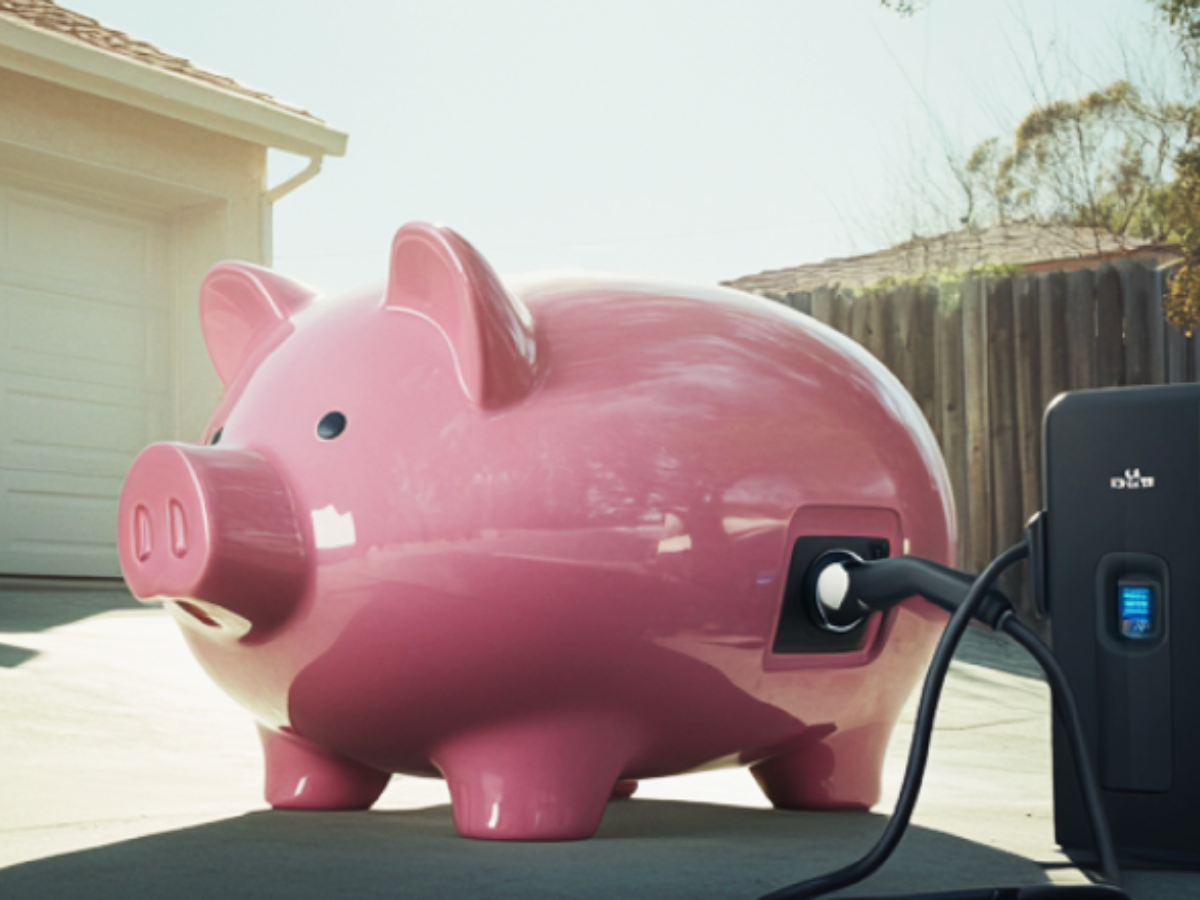

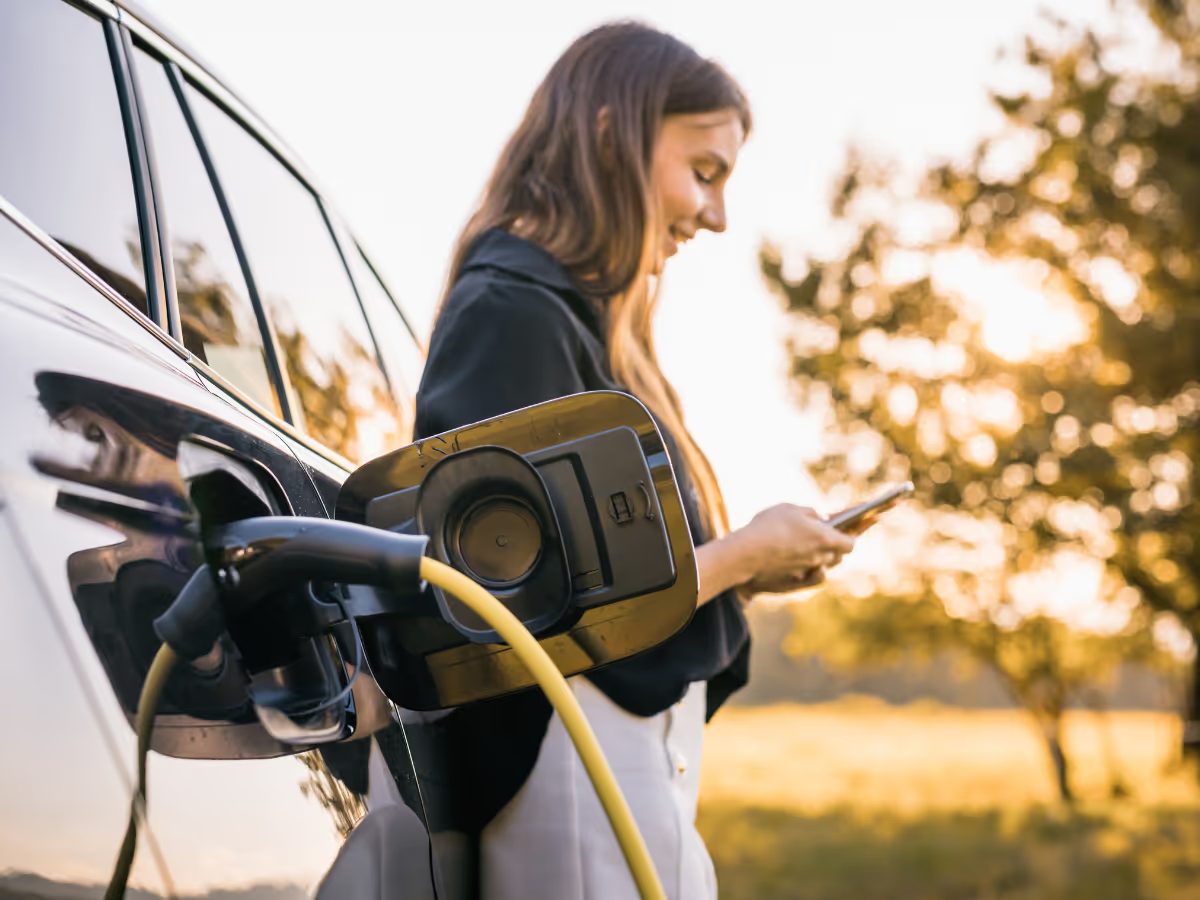






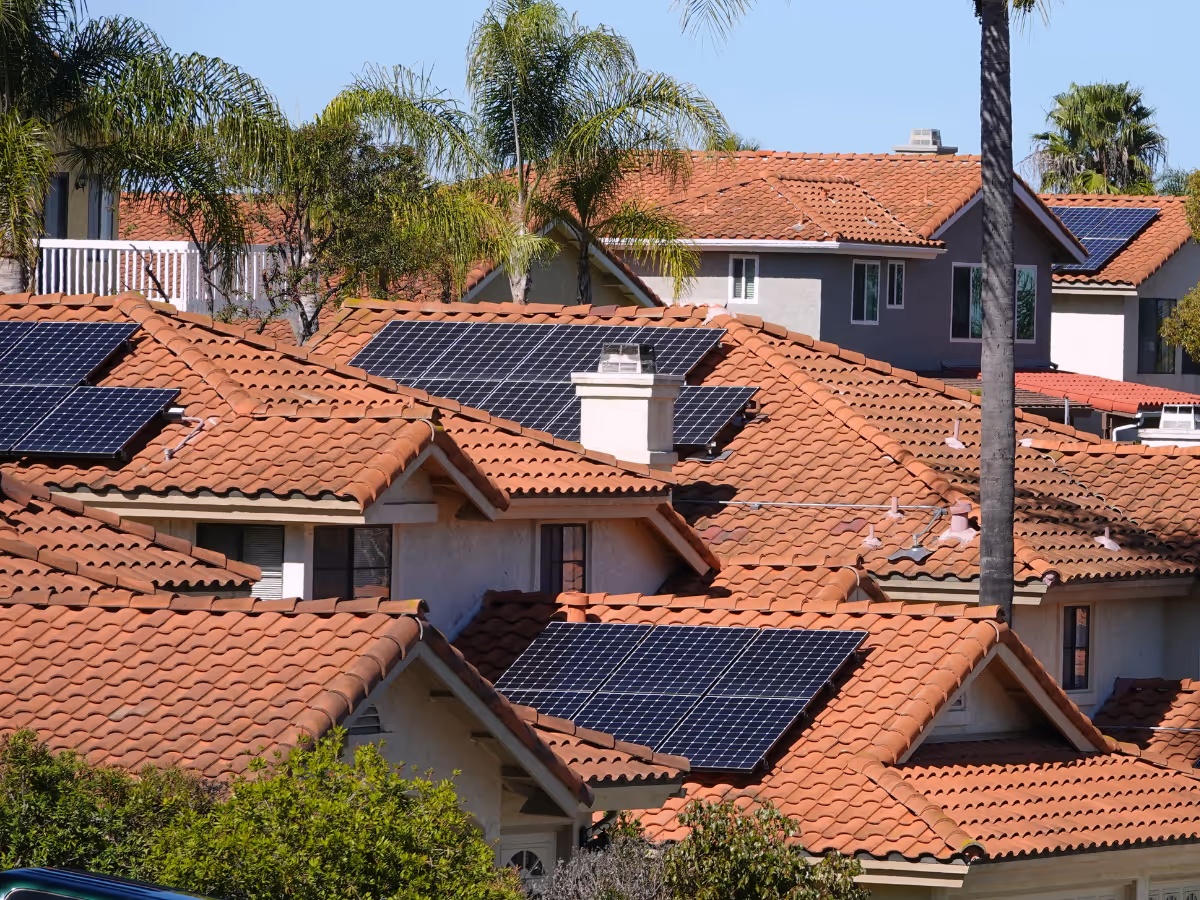


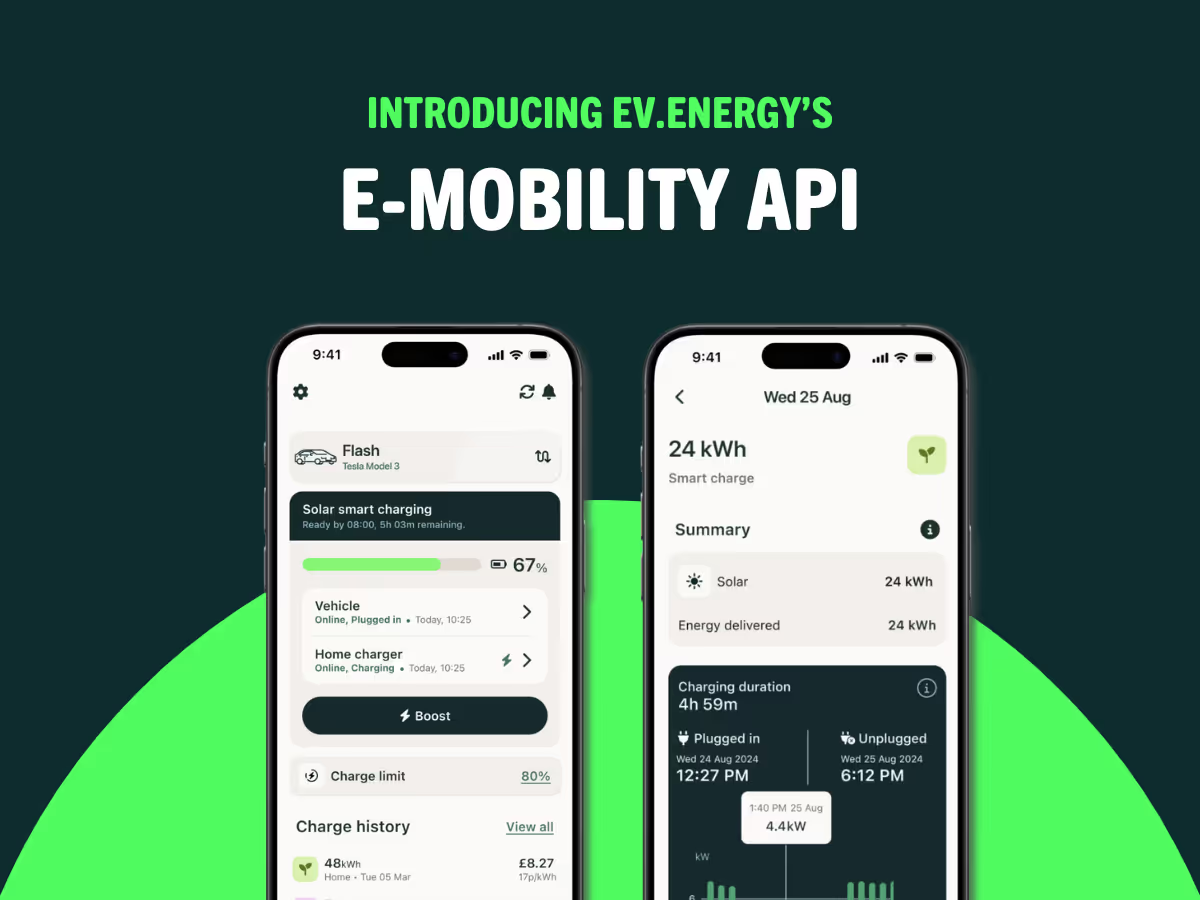















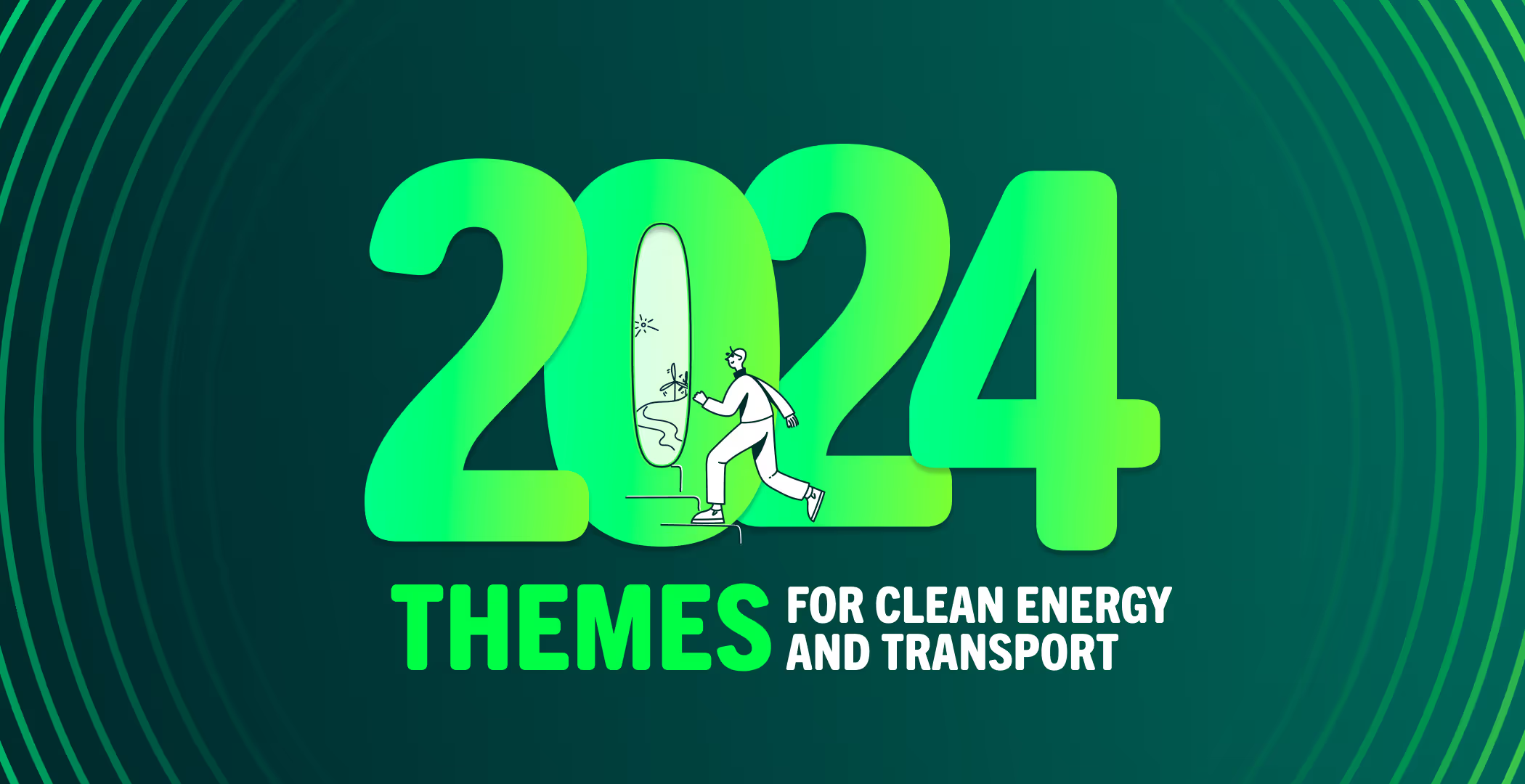
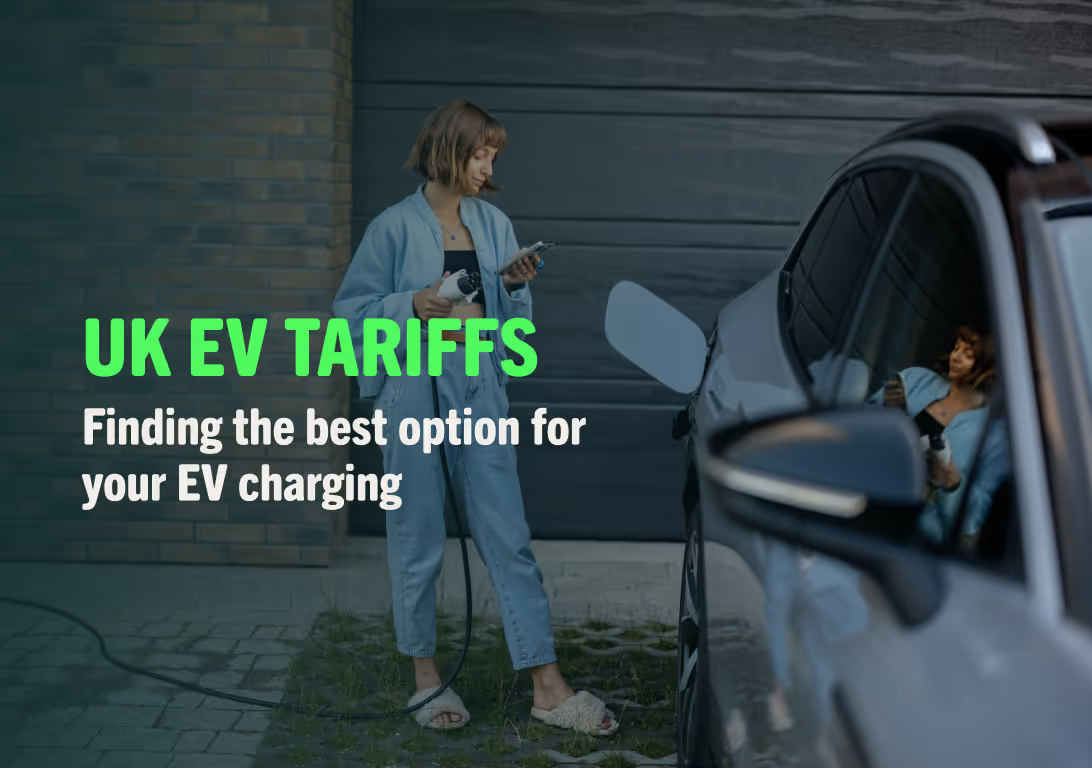






.avif)















































































